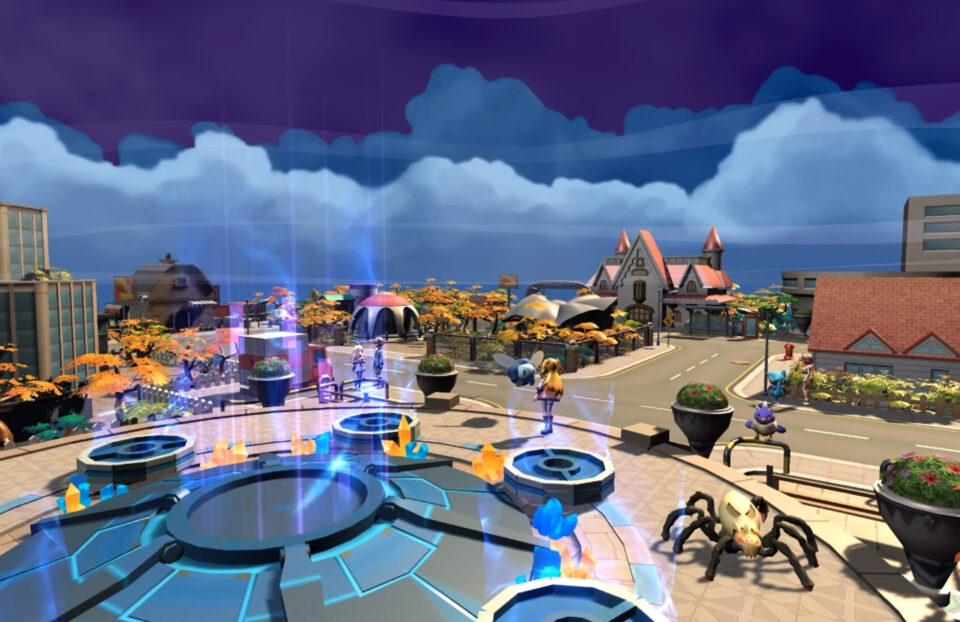In recent years, the concept of the metaverse has gained significant attention, capturing the imagination of both technology enthusiasts and gamers alike.
A metaverse is a virtual reality space where users can interact with a computer-generated environment and other users in real-time.
This article delves into the possibilities of metaverse game development, discussing the potential benefits, challenges, and future opportunities that this emerging field presents.
Table of Contents
Immersive Gameplay Experience
One of the most exciting aspects of metaverse game development is the potential for immersive gameplay experiences. Unlike traditional video games, which are often confined to a single platform or game world, metaverse games offer a seamless and interconnected universe.
Players can explore vast virtual landscapes, interact with other gamers, and participate in a multitude of activities. Whether it’s battling mythical creatures, solving intricate puzzles, or engaging in cooperative missions, the metaverse allows for unparalleled immersion, blurring the boundaries between real and virtual worlds.
Player-driven Economies
Metaverse games have the potential to revolutionize the concept of in-game economies. By leveraging blockchain technology, developers can create decentralized marketplaces where players can buy, sell, and trade virtual assets securely and transparently.
This opens up new avenues for players to monetize their skills and creativity, as well as fostering a sense of ownership and investment in the virtual world.
From virtual real estate and rare items to unique character customization options, the metaverse provides a platform for players to participate in vibrant and dynamic economies.
Social Interactions and Communities
Metaverse game development places a strong emphasis on social interactions and the formation of communities. Players can connect with others, form guilds, and collaborate on quests or challenges.
The metaverse offers a shared space where people from different corners of the world can come together, transcending physical limitations.
This creates a sense of belonging and camaraderie among players, fostering friendships and collaborations that extend beyond the virtual realm.
Cross-platform Accessibility
Metaverse games have the potential to break down the barriers between different gaming platforms. Players can access the metaverse from various devices, including PCs, consoles, and mobile devices, enabling a truly cross-platform gaming experience.
This accessibility allows for a larger player base and enhances the social dynamics of the metaverse, as friends can join the virtual world regardless of the devices they own.
Challenges and Future Opportunities
While the possibilities of metaverse game development are exciting, there are several challenges that developers must overcome.
Technical hurdles, such as scalability, network infrastructure, and ensuring seamless interactions, require innovative solutions. Additionally, ethical considerations, such as data privacy, security, and the impact on real-world economies, need careful attention.
Looking ahead, the future of metaverse game development holds immense promise. As technology advances, we can anticipate more sophisticated virtual worlds with enhanced graphics, artificial intelligence-driven NPCs, and immersive gameplay mechanics.
The metaverse could become a hub for not only gaming but also education, commerce, and entertainment, opening up new avenues for collaboration and innovation.
Conclusion
Metaverse game development offers a vast frontier of possibilities, combining immersive gameplay experiences, player-driven economies, social interactions, and cross-platform accessibility.
While challenges remain, the potential for innovation and growth in this field is immense. As developers continue to push the boundaries of technology and creativity, we can anticipate a future where the metaverse becomes an integral part of our digital lives, transforming how we play, interact, and create in virtual spaces.

